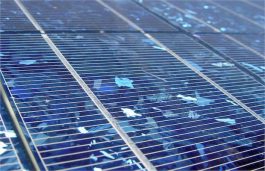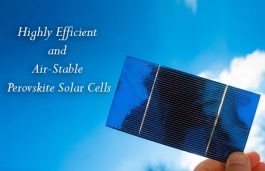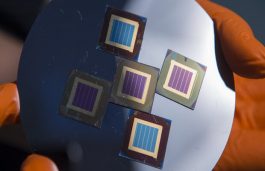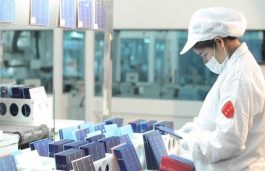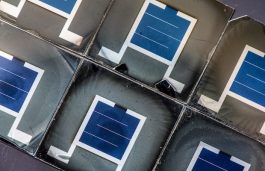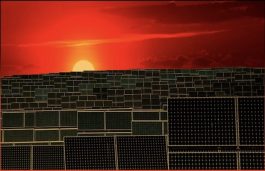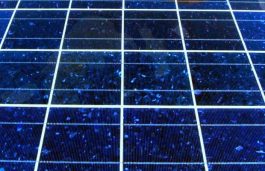REIL Issues NIT for Supply of Multi Crystalline Silicon Solar Cells in Jaipur
Central CPSU Rajasthan Electronics & Instruments Limited (REIL) has issued a notice inviting tender (NIT) from interested bidders for rate contract for the supply of multi-crystalline solar cells in Jaipur. The scope of work for the selected bidders will include the supply of multi-crystalline solar cells of 4.50 Watt, 4.60 Watt and 4.67 Watt at […]


